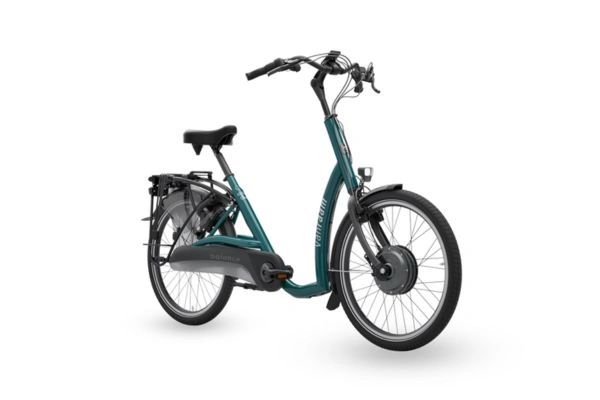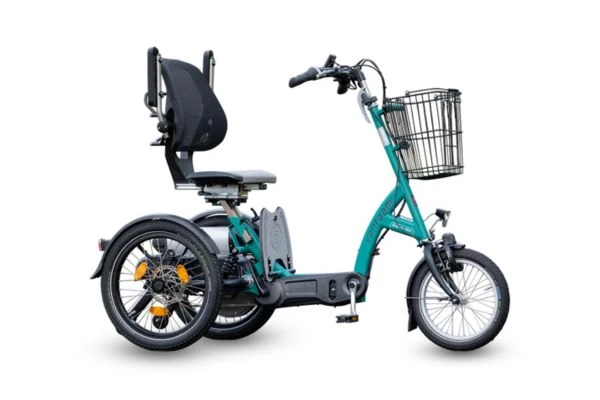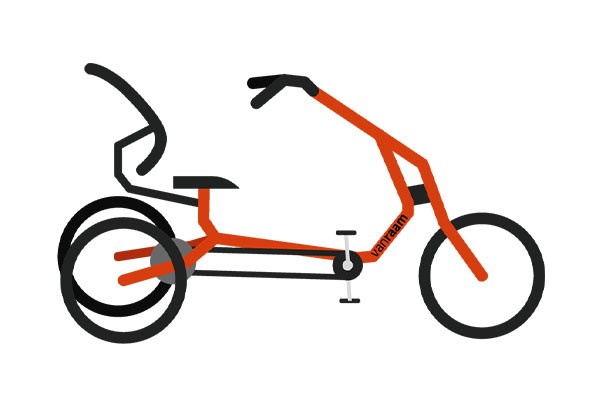Different types of diabetes
Diabetes is a disease in which the body has difficulty balancing blood sugar. This is because the body does not have enough of the hormone insulin. Insulin regulates blood sugar levels. Diabetes comes in different types, the two most commonly known:
Diabetes type 1:
Type 1 diabetes is an autoimmune disease and often develops at an early age. The body produces little or no insulin: the immune system destroys the cells that produce insulin. The lack of insulin causes the blood sugar level in the blood to rise. Patients then have to inject insulin to maintain blood sugar levels.
Diabetes type 2:
The most common type, but the most difficult to recognise. The body no longer reacts effectively to insulin for type 2 diabetics. Initially, the body produces extra insulin, but over time it produces less and less. This keeps the blood sugar level too high. This type is often associated with high weight, high blood pressure and high cholesterol levels (source: Hartstichting).
A blood test can be used to detect diabetes. Without treatment, too many sugars will stay in the blood, which will cause damage to the blood vessels in the long term. If the blood sugar is very high, this can have serious consequences, such as fainting or even a coma (source: Diabetesfonds). If you suspect you have diabetes, make an appointment with your GP.
























